Circuit of Spa Francorchamps (Motorsport - Road Racing)
|
|
|
Latest News & Results
Images from race day at the Spa 24hr through the eyes of local resident Quentin Deweert


The Circuit De Spa Francorchamps is conducting the 4th round of the Blancpain Endurance Series which is contested over 5 rounds in Italy, England, France, Belgium and Germany.
SportingScribe.com is not covering the series but local resident Quentin Deweert sent in some pics of some of the action over the days leading up to the race.
To follow the race live and the series log on to http://www.blancpain-endurance-series.com/.
Images supplied by local resident Quentin Deweert
Circuit History
|
Early in 1920, nothing, it seemed, was to disturb the usual quietness in the peaceful village of Francorchamps, perched on a hill very close to the Moors. Nothing, except that, on a beautiful summer day, while settled at the Hotel des Bruyeres, two people well-know in the car racing world, the one being Jules de Thier, Manager of the newspaper " La Meuse ", and the other, Henri Langlois Van Ophem, Chairman of the Sports Commission at the RACB (Royal Automobile Club Belgium), had the idea of taking advantage of the triangle drawn by the roads connecting Malmedy, Stavelot and Francorchamps to make a racing track of it. |
|
|
During the period extending from the mid-twenties until the eve of World War II, the motorcycles Grand Prix and the prestigious car races like the 24 Hours of Francorchamps and the Belgian Grand Prix were going to be the major track events. As far as the track is concerned, it remained roughly the same as it used to be in the beginning. But something new occurred in 1939 : Francorchamps was getting an artificial curve, unique in its kind : the " raidillon " or steep rise. That obstacle, intended to be passed at a very high speed, was a forerunner of the orientation its manager wanted to give to the track : to make it one the fastest tracks in Europe, contrasting sharply that way with its German neighbour of The Eifel, which was very spectacular too but much more tortuous and therefore one of the slowest. |
|
|
Due to the claims formulated through the sixties, a certain amount of Grand Prix drivers did not want to run in Francorchamps any longer for security reasons, which were quite difficult to solve for the Intercommunale Managers. The tune was however given. Because, even if the other races usually scheduled still took place, it was getting obvious that along its fourteen kilometres, the track had become very dangerous considering the increased performance of the cars and the few possibilities left to adapt the surroundings as it was the case when new tracks were built. |
|
More technical, winding and equipped with clearance areas, the new track kept the major part of the element which made it famous while combining improved safety for the pilots and new appeal for the spectators. Thanks to the new track, the Belgian Formula I Grand Prix would quickly come back to Francorchamps. That race was a major event which would pave the way for many others, with less media coverage, but which contributed to make Francorchamps more dynamics, to diversify its kind of activities and to put it at the forefront of the international stage. Extrait du communiqué de presse du 9ème Trophée des Ardennes. |
 - All Sports
- All Sports





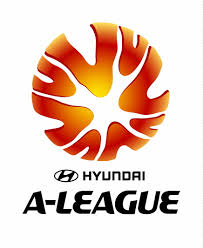








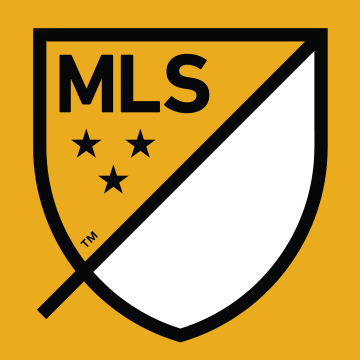


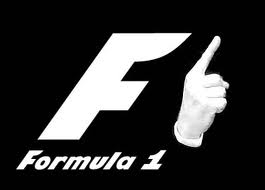




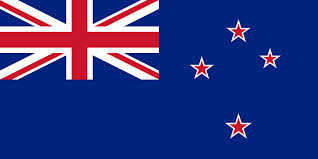


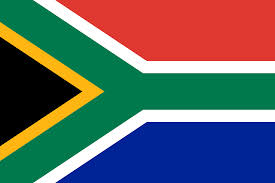

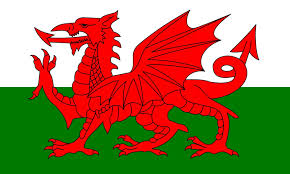

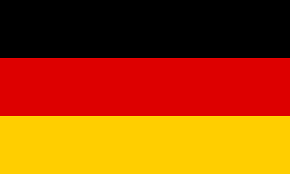
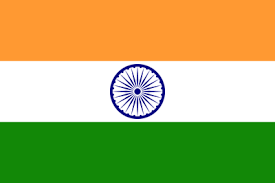
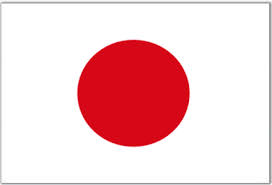





 If everything seemed to develop properly, that situation would, however, only last until until 1970, when, for the last time, the Formula I Grand Prix took place along the fourteen-kilometre-long track.
If everything seemed to develop properly, that situation would, however, only last until until 1970, when, for the last time, the Formula I Grand Prix took place along the fourteen-kilometre-long track. The end of the big Francorchamps was close. They were bound to react if they wanted to preserve the track and create one which took better into account the safety measures claimed by the Grand Prix drivers. So, after different plans aimed at preserving the main characteristics of the track while eliminating some high risk areas (essentially the part included between Les Combes and Blanchimont), a track was eventually chosen and the works could start. The seven-kilometre-long track was inaugurated in 1979.
The end of the big Francorchamps was close. They were bound to react if they wanted to preserve the track and create one which took better into account the safety measures claimed by the Grand Prix drivers. So, after different plans aimed at preserving the main characteristics of the track while eliminating some high risk areas (essentially the part included between Les Combes and Blanchimont), a track was eventually chosen and the works could start. The seven-kilometre-long track was inaugurated in 1979.